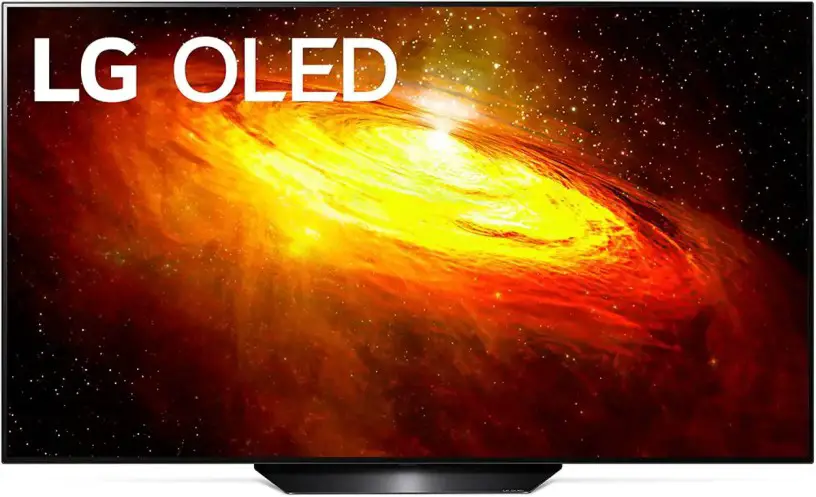[lwptoc]

By Phillip Swann
The TV Answer Man –@tvanswerman
TV Answer Man, I’m in the market for a new TV. People say the OLED TV has the best picture but can you explain why it’s different from a regular LED TV and why it might be better? Thanks!! — Hal, Philadelphia.
Hal, that’s a great question. TV manufacturers often throw around tech terms, thinking that the average consumer will understand what they mean. But come on, who has the time to research everything, right? That’s where the TV Answer Man comes to the rescue! Let’s look at how the OLED TV is different, and better, than a LED TV.
OLED vs. LED: What’s the Difference In Technology?
The LED TV stands for Light Emitting Diode Television. It utilizes a backlighting system comprising a panel of LEDs behind the screen to illuminate the pixels and create images. These LEDs are grouped into two main types: edge-lit and direct-lit. In edge-lit LED TVs, LEDs are placed around the edges of the screen, while direct-lit LED TVs have an array of LEDs spread across the entire screen. The backlighting illuminates the liquid crystal pixels to display images.
On the other hand, OLED TV stands for Organic Light Emitting Diode Television. OLED TVs do not require a separate backlighting system. Instead, they use individual organic compounds that emit light when an electric current is applied. Each pixel in an OLED TV is self-emissive, which means it can produce its light and can turn on and off independently, resulting in perfect blacks and exceptional contrast.

LED vs. OLED: Which One Has the Best Picture Quality?
We don’t want to discount the picture quality of a LED TV. The model has come a long way in display technology and LED sets offer vibrant colors and excellent brightness levels. However, they often struggle to achieve true blacks, as the backlighting causes some light leakage, leading to reduced contrast ratios. In contrast, OLED TVs excel at producing deep, true blacks. Since each pixel can turn off entirely, OLED screens offer infinite contrast ratios, creating stunningly realistic images and enhancing overall viewing experiences. The ability to produce pure blacks not only enhances contrast but also reduces eye strain during dark scenes.
LED vs. OLED: Which Has the Best Viewing Angles?
LED TVs, especially those with VA (Vertical Alignment) panels, tend to experience color shifts and loss of contrast when viewed from off-center angles. This can be problematic for large family gatherings or when multiple people are watching from different positions. In contrast, OLED TVs provide nearly perfect viewing angles. Thanks to the self-emissive nature of OLED pixels, there is minimal color distortion when viewed from any angle, making them ideal for group watching and large living rooms.
LED vs. OLED: Which One Has the Best Price?
Okay, there’s no comparison here. The OLED TV is more expensive than LED TV models. The industry knows it’s a premier TV and it sets the price accordingly with some 65-inch OLED models close to $2,000. However, some later model OLED TVs can be had for cheaper and we encourage you to research that for sure.
Hal, hope that helps. Happy viewing and stay safe!
Have a question about new TV technologies? Send it to The TV Answer Man at swann@tvanswerman.com Please include your first name and hometown in your message.
The TV Answer Man is veteran journalist Phillip Swann who has covered the TV technology scene for more than three decades. He will report on the latest news and answer your questions regarding new devices and services that are changing the way you watch television. See the bio for Phillip Swann here.


